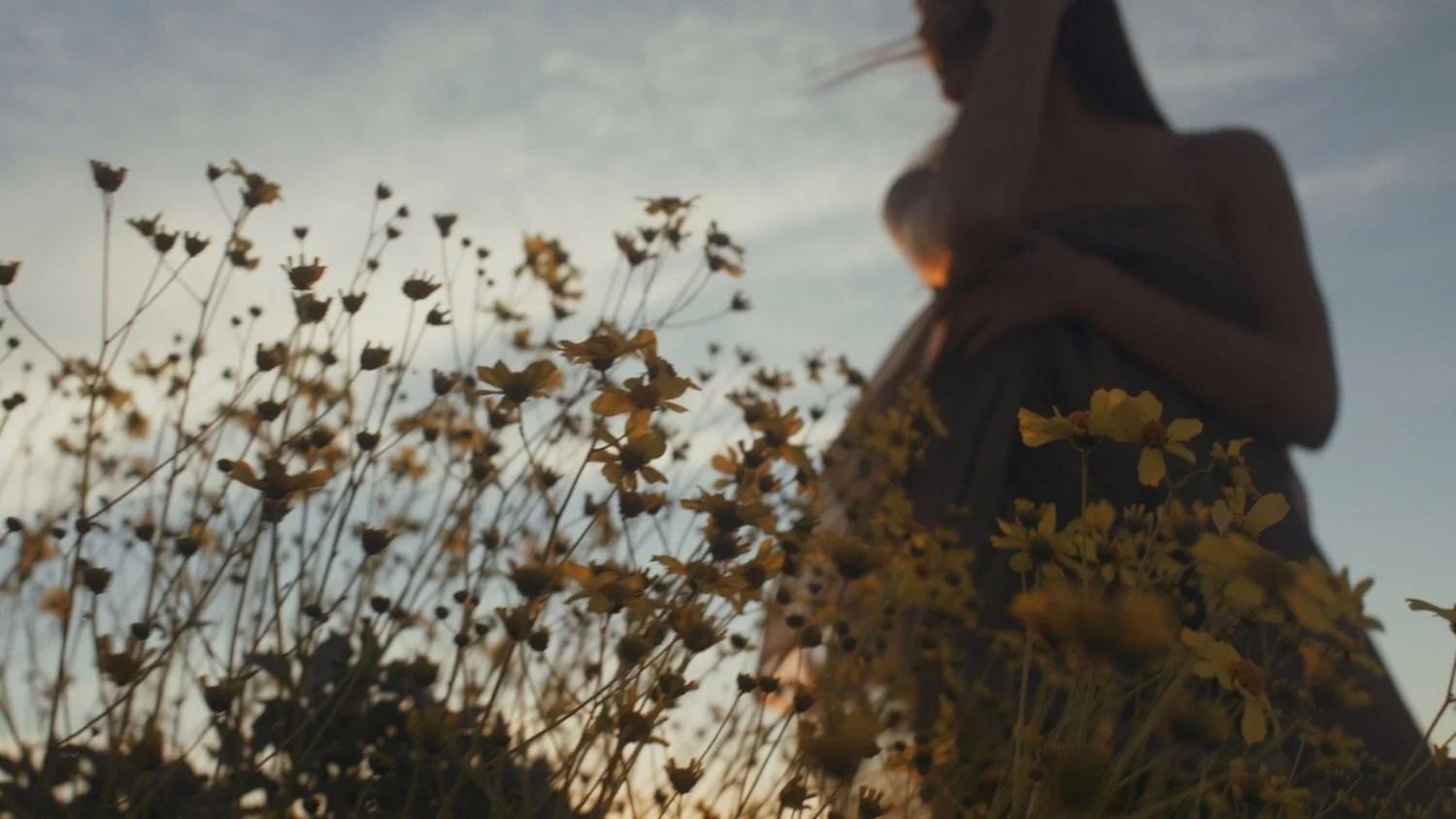Writing for Your Photography Website
As a photographer, your images speak volumes. They capture emotions, tell stories, and showcase your unique perspective. But when it comes to your website, your visuals need a supporting act—your words. Writing for your photography website can feel daunting, especially when you're used to letting your camera do the talking. Yet, a well-written website can be the difference between a visitor clicking away or booking a session.
Here’s how to write content that complements your photography and converts visitors into clients.
Start with Your "Why"
People don’t just hire a photographer—they hire you. Use your About page to share your story. Why do you do what you do? What inspires you? Keep it conversational and personal. A short narrative about your journey into photography, your style, and what drives your creativity builds connection and trust.
Tip: Write how you speak. Authenticity matters more than perfect grammar.
Describe Your Style
Whether you’re a wedding photographer who thrives on candid emotion or a portrait photographer known for bold studio work, your potential clients want to know what to expect. Describe your style in clear, relatable terms, and back it up with visuals in your portfolio.
Example: “My style is natural, light-filled, and relaxed. I aim to capture authentic moments that feel timeless and true to you.”
Optimize for Search (Without Sounding Like a Robot)
Yes, SEO matters—but don’t cram your site with awkward keywords. Instead, think about what your clients are searching for and naturally include those terms. For example:
“[City] wedding photographer”
“Family photo sessions in [area]”
“Lifestyle newborn photography”
Incorporate these into headings, image descriptions, and page titles while keeping the tone natural.
Write Compelling Service Descriptions
Outline what’s included in each session or package in a way that’s clear and inviting. Include pricing if possible (or at least a starting rate), so clients know if you’re in their budget.
Break it down like this:
What’s included?
How long is the session?
How many images will they receive?
When and how will they get their photos?
Guide Your Visitors
Every page should have a clear purpose and a call to action (CTA). Want people to book a session, view your gallery, or contact you? Tell them exactly what to do next.
Examples of strong CTAs:
“Ready to make some memories? Let’s chat.”
“See more of my work here.”
“Book your session today.”
Use Testimonials and Client Stories
Social proof is powerful. Feature quotes from happy clients and brief stories about memorable sessions. It builds credibility and helps new visitors imagine working with you.
Keep It Fresh with a Blog
A blog is a great place to showcase recent shoots, share behind-the-scenes insights, or offer helpful tips (like what to wear to a session). This not only keeps your site updated (great for SEO), but also lets your personality shine.
get started
Your photos might draw people in, but your words will seal the deal. Writing for your photography website doesn’t have to be complicated—just focus on being clear, authentic, and helpful. Show people not just what you do, but who you are and why it matters.
Need help getting started? Begin by writing a short paragraph about your favorite photo and why you love it. That one story might inspire the rest of your site.


